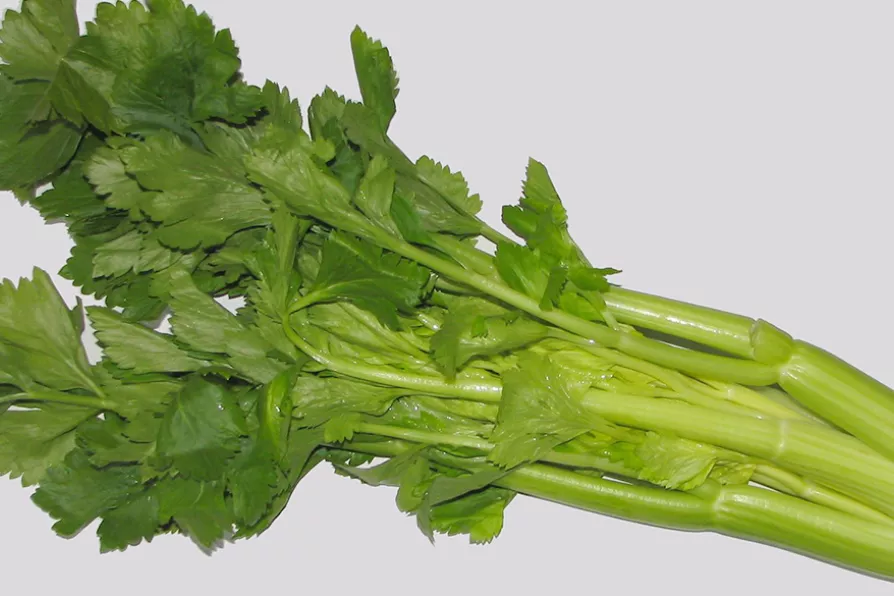ANSELM ELDERGILL recalls the misjudgments, mishaps and moments of farce that shaped his years in legal practice

 [Popolon/CC]
[Popolon/CC]
MODERN varieties of celery aren’t too hard to grow, but you’ll improve your chances of success considerably if you prepare the soil in advance.
Last autumn was arguably the best time for that, but if you’ve had to sell your time machine to pay the gas bill, then late winter or early spring will do fine.
In the wild, celery is a marshland plant, and our cultivated types have inherited that need for constant moisture. It’s a crop that must never be allowed to dry out completely, even at the height of summer. The ground it’s grown in should be rich, deep and moisture-retentive.

MAT COWARD presents a peculiar cabbage that will only do its bodybuilding once the summer dies down

MAT COWARD rises over such semantics to offer step by step, fool-proof cultivating tips












